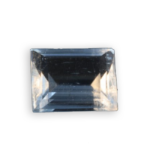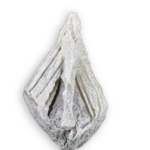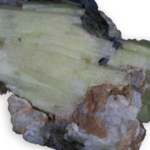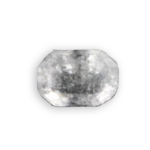
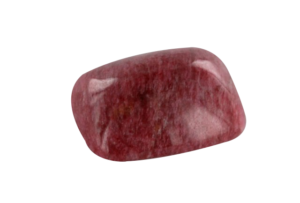
zoisite
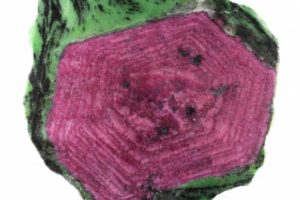
ruby crystal in zoisite from Tanzania
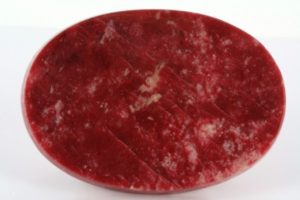
thulite cabochon from Norway
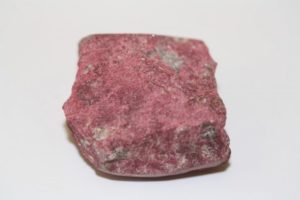
rough thulite from Norway
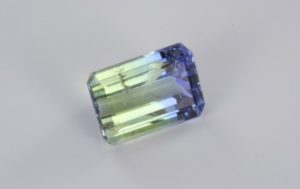
two-coloured zoisite from Tanzania emerald cut
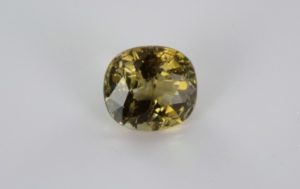
Yellow zoisite from Tanzania oval cut
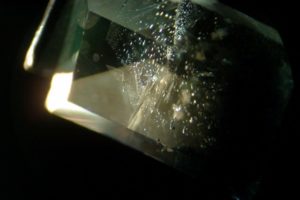
gas – liquid like inclusions, healing fissure
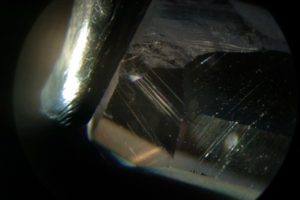
liquide like inclusions in tubes
Detailed sheet
zoisite
Identified by Werner in 1805 in the Austrian Alps, it was named after the Austrian Siegmund Zois, Baron von Edelstein (1747-1819).
It is part of the epidote group. Its best-known variety is tanzanite which is not a mineral recognized by the International Mineralogical Commission for whom it is just a zoisite variety.
In the 1990s, some colorless, green, orange-brown zoisites were discovered, the green chromite variety was wrongly called “green tanzanite”.
It exists varieties of opaque zoisites, brightly colored in green, pink, black, and are used to make ornaments or cabochons:
thulite is a soft pink variety of zoisite, a color due to manganese, often veined in white or compact pink, whose name recalls the legendary island of Thule, which the Greeks placed in northern Europe, probably today’s Norway.
The anyolite which means green in Maasai, is a variety with inclusions of black hornblende and opaque rubies, discovered in 1954 between Tanzania and Kenya.

CHEMICAL CHARACTERISTICS
Ca2Al2[SiO4]3(OH)
calcium aluminium silicate

PHYSICAL CHARACTERISTICS
Main color
colourless
Other colors
grey, yellow, pink, green
The purple-blue variety is called tanzanite
Color of streak
white
Luster
vitreous
Hardness
6.5 to 7.0
Density
3.35 to 0.00
Cleavage
perfect
Fracture
uneven
pearly on the cleavage

OPTICAL PROPERTIES
Transparency
opaque, translucent, transparent
the anyolite and the thulite are substantially opaque
Refractive index
1.691 - 1.720
Double refraction
0.006
weak, biaxial (+)
visible double refraction
No
Dispersion
0.030(0.010)
Pleochroism
very strong
Number of colors
3
visible especially for tanzanite or colorful varieties
Fluorescence
none

CRYSTALS PROPERTIES
multifaceted prisms, often striated, fibrous or elongated crystals
crystals system
orthorhombic

OTHER INFORMATIONS
Astrological sign
Aquarius, Cancer, Leo, Scorpio, Virgo

APPROACHING GEMS
Exploited
sites
its most famous variety, tanzanite, is only found in Tanzania. It is also found in South Africa, Madagascar, Australia, China, Pakistan, in the Alps in Europe, in the United States, South America(Chile and Brazil).
The thulite is located in Western Australia, the United States (North Carolina), Namibia, Norway. The anyolite comes from Tanzania.
use in jewelry
Tanzanite is the only variety used in jewelry.
The thulite and the anyolite are used as ornamental stones, or are cut into cabochons or in decorative objects.
Daily care
and precautions
It is impervious to acids. However it is not to be exposed to shocks or scratches. Washing with water added with dish soap, rinse thoroughly with water then with alcohol and fast drying at room temperature.
imitations and
treatments
There are glass imitations and doublets but the imitations are focused on tanzanite ..
The density of 3.10 of thulite distinguishes it from rhodochrosite and rhodonite.
Historical
healing properties
Thulite would be a dynamic stone causing the urge to act, to take decisions. It would regolate our resources in order to mobilize our energy and find solutions.
The anyolite combines the properties of ruby and zoisite. It would strengthen our passionate side, our optimism in life, our enthusiasm. It would help our personal development, our ability to anticipate the future by building on our unused capacities. It’s also something very energizing and positive.
Venez visitez
notre site web
voillot-joaillier.fr
Lorem ipsum dolor sit amet, consectetur adipiscing elit. Ut elit tellus, luctus nec ullamcorper mattis, pulvinar dapibus leo.Lorem ipsum dolor sit amet, consectetur adipiscing elit. Ut elit tellus, luctus nec ullamcorper mattis, pulvinar dapibus leo consectetur adipiscing elit. Ut elit tellus, luctus nec.

